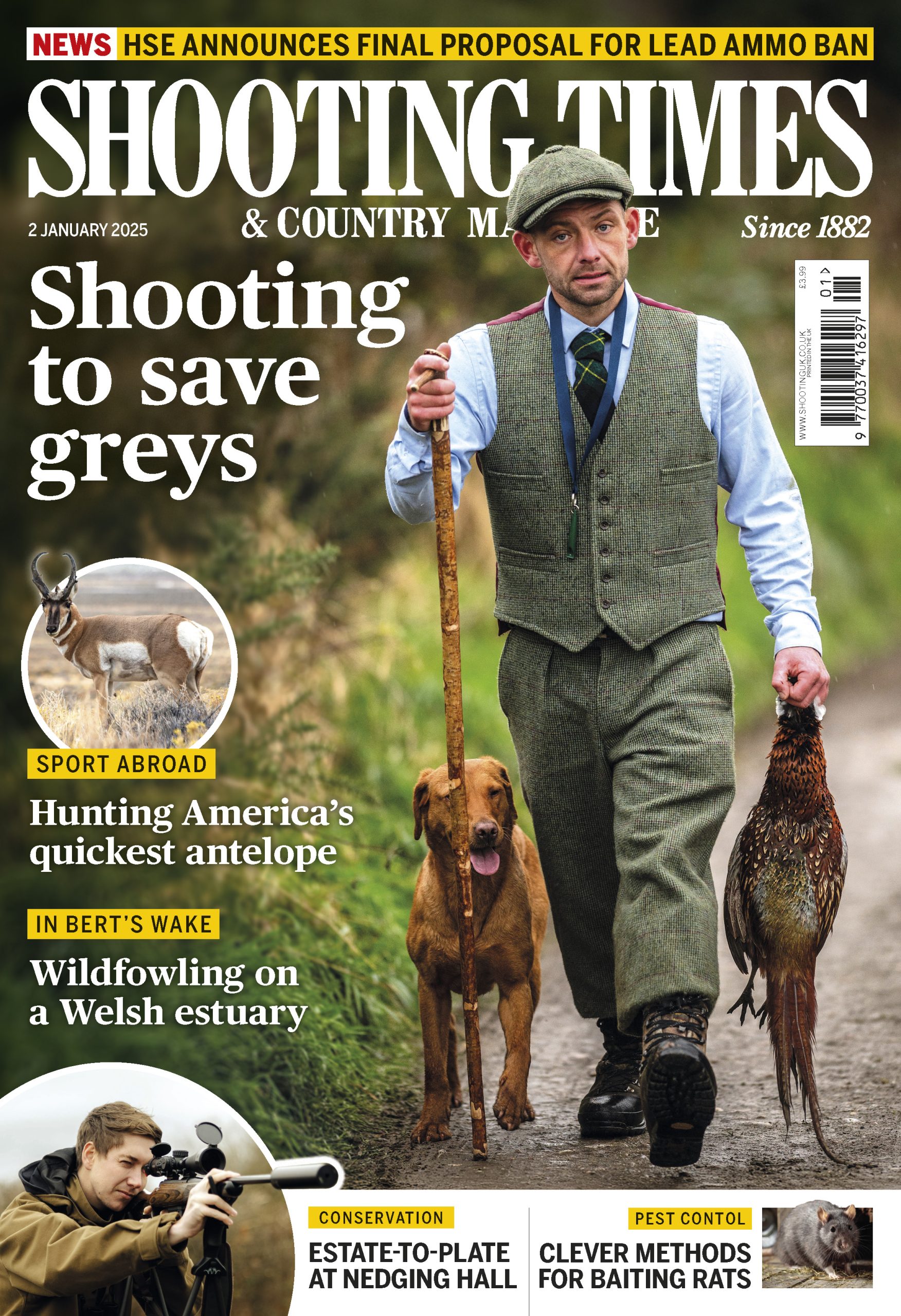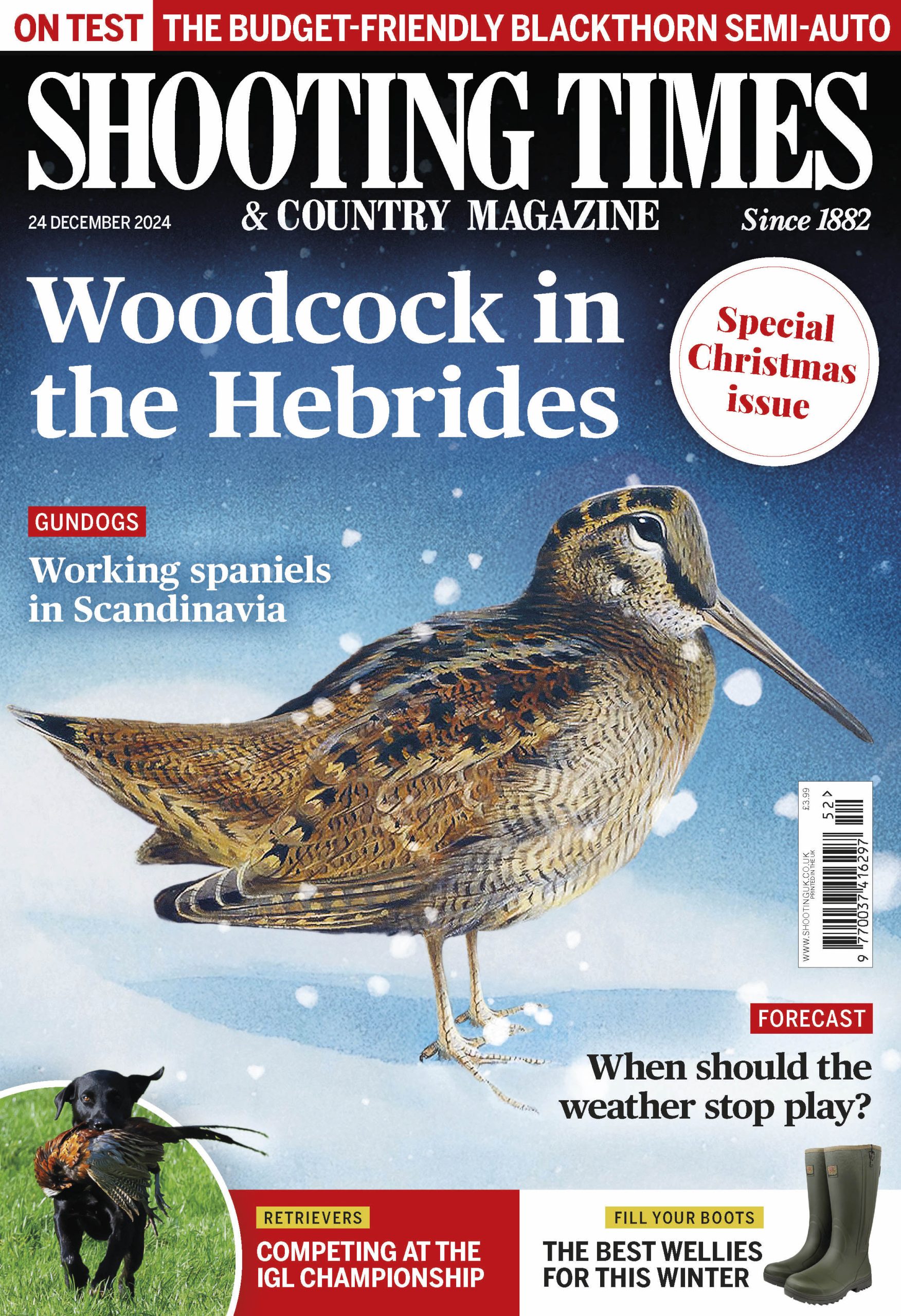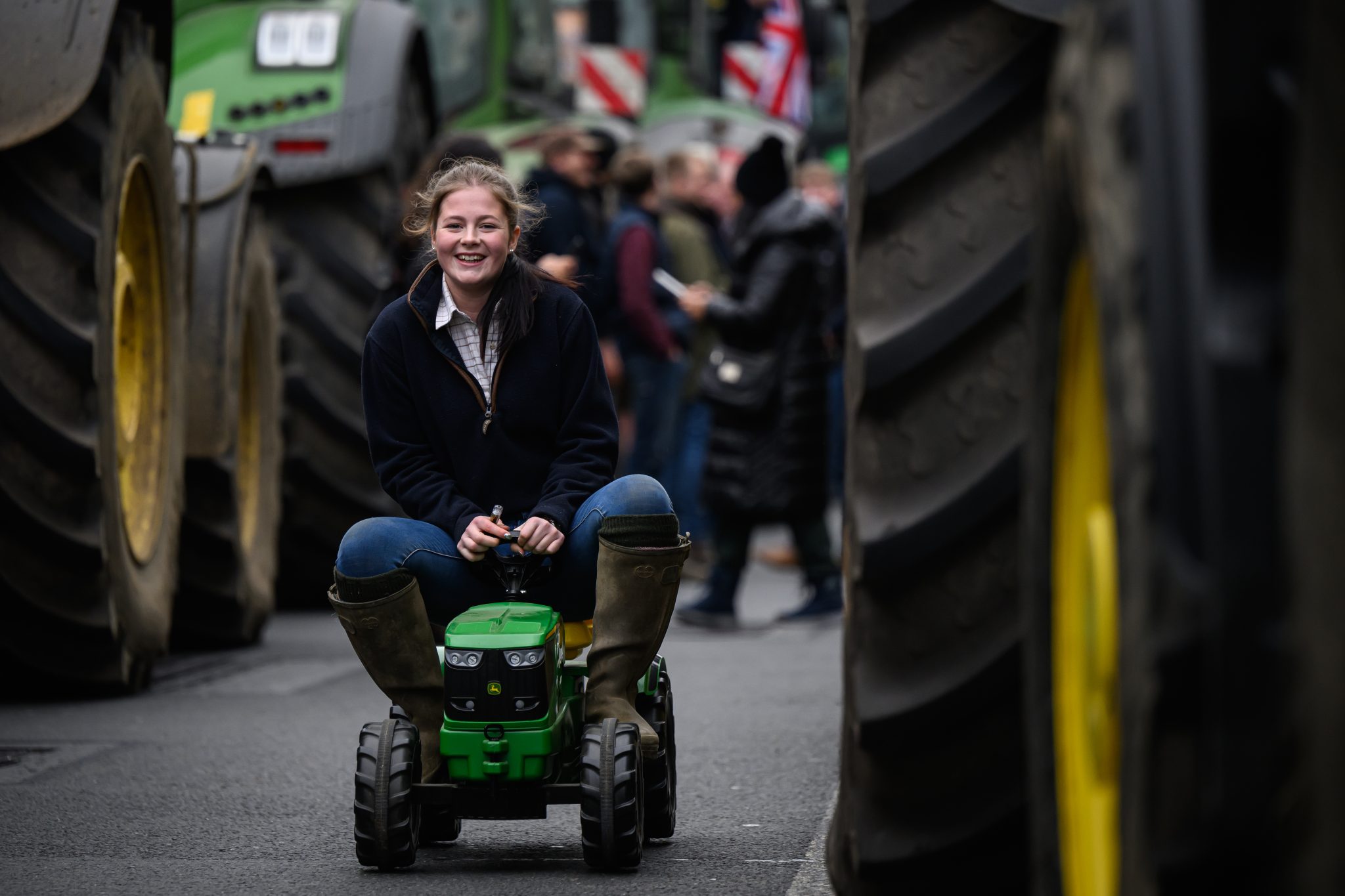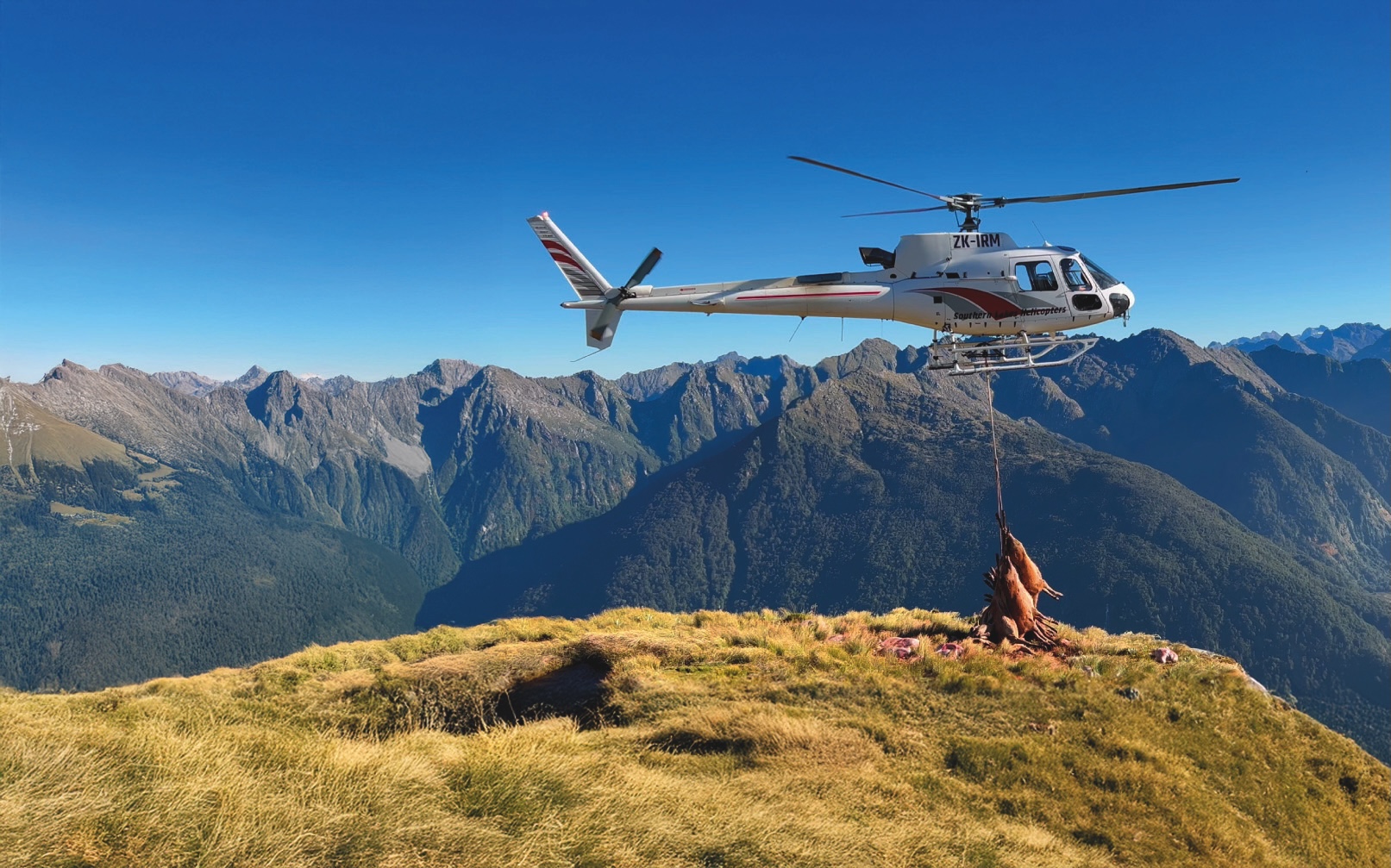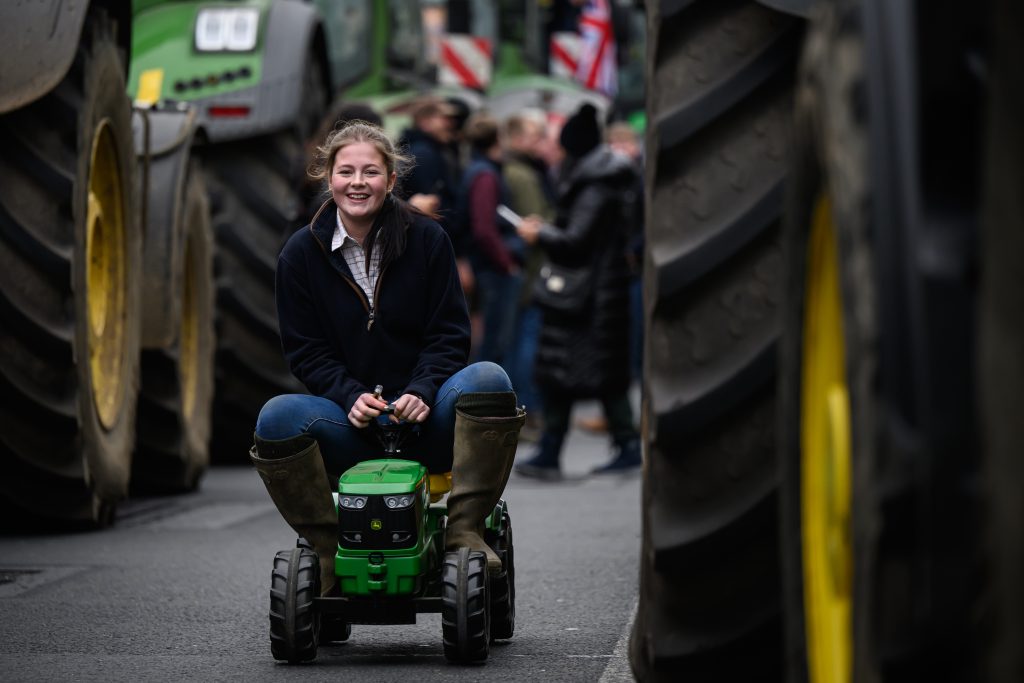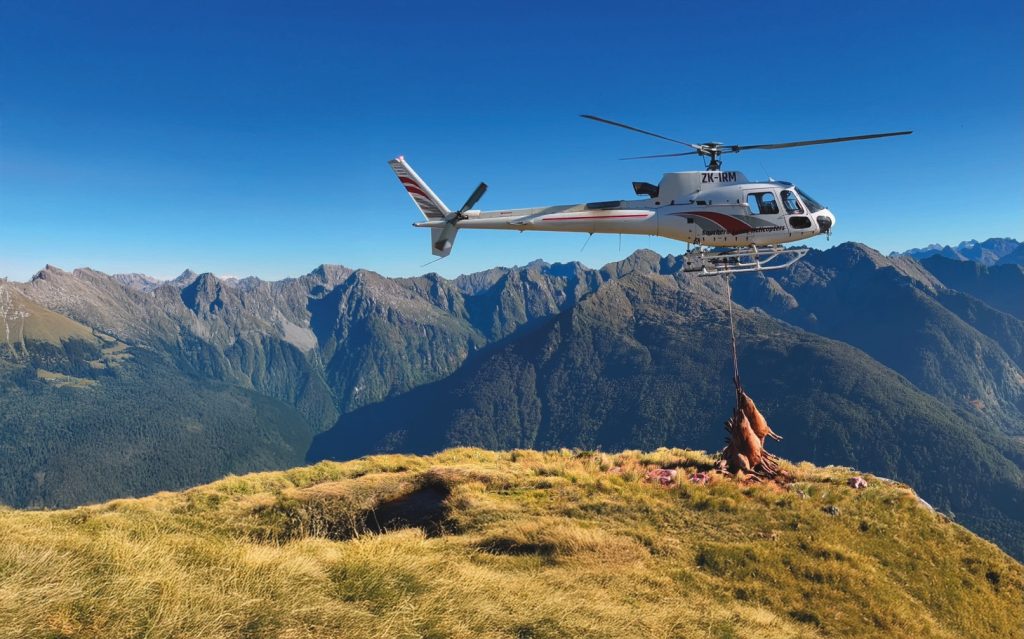Win CENS ProFlex DX5 earplugs worth £1,149 – enter here
Shooting and nature recovery: BASC report shows conservation impact
BASC’s new report highlights how shooting supports England’s nature recovery goals. Conor O’Gorman explains the environmental benefits and why shooting must be part of government policy.

Shooting and nature recovery
Shooting hits the target for nature recovery, according to a new BASC report. The report shows how shooting supports six of the government’s 10 Environmental Improvement Plan (EIP) goals, as well as 18 current nature recovery targets.
To regular Shooting Times readers, the conservation link is obvious. Without shooting, the state of nature in the UK would be far worse. Yet outside the shooting world, many still view shooting and conservation as contradictory.
What is nature recovery?
Nature recovery is essentially conservation rebranded. While the term may not sit comfortably with everyone, it is easier for the public and media to understand.
Government policy defines nature recovery as a move beyond protection of nature towards actively restoring it. The aim is to create larger, better-connected, wildlife-rich areas. This approach increases biodiversity, mitigates climate change, improves public health and enhances the economic value of natural assets such as clean water and carbon storage.
BASC’s report: key findings
The new BASC report demonstrates that shooting supports six of the EIP goals, including thriving plants and wildlife, reduced risk from pesticides, sustainable resource use, climate change adaptation, enhanced biosecurity and reduced harm from environmental hazards.
It also shows that shooting delivers on 18 nature recovery targets, including four legally binding ones set out in the Environment Act 2021. Through habitat management, shooting improves air and water quality, reduces carbon emissions and increases biodiversity across wetlands, saltmarshes, woodland, hedgerows, farmland and uplands.
Conservation at scale
Gamekeepers and land managers act as ecosystem engineers on a scale that far exceeds that of large environmental charities such as the RSPB, the National Trust or the Wildlife Trusts.
Shooting delivers around £500 million of conservation work every year. To put that into perspective, Natural England’s planned funding for 2025/26 is around £333 million. What makes shooting unique is that it is one of the few rural land uses where conservation is funded and delivered by local people with the expertise to create the right habitats in the right places.
Policy and government engagement
The BASC report strengthens shooting’s case with policymakers. The evidence shows that shooting should be encouraged rather than restricted. BASC is already playing a key role in developing 48 local nature recovery strategies across England, which form a central part of the government’s agenda.
During the autumn party conference season, BASC will brief MPs with data from this new report. It follows on from last year’s publications on the Value of Shooting and the Natural Capital Benefits of Shooting, adding further weight to the argument that shooting is essential for the countryside.
How readers can help
BASC staff cannot achieve this on their own. Shooting Times readers can make a difference by sharing the nature recovery report with their MP and by checking the local nature recovery strategy in their area. Those interested in contributing more directly can contact Conor O’Gorman at conor.ogorman@basc.org.uk
Final thoughts
Shooting already makes a major contribution to conservation and nature recovery. The BASC report provides clear evidence that these benefits align with government goals. With public concern about biodiversity loss continuing to grow, it is vital to show that shooting is not the problem but part of the solution.
Related Articles
Get the latest news delivered direct to your door
Subscribe to Shooting Times & Country
Discover the ultimate companion for field sports enthusiasts with Shooting Times & Country Magazine, the UK’s leading weekly publication that has been at the forefront of shooting culture since 1882. Subscribers gain access to expert tips, comprehensive gear reviews, seasonal advice and a vibrant community of like-minded shooters.
Save on shop price when you subscribe with weekly issues featuring in-depth articles on gundog training, exclusive member offers and access to the digital back issue library. A Shooting Times & Country subscription is more than a magazine, don’t just read about the countryside; immerse yourself in its most authoritative and engaging publication.
